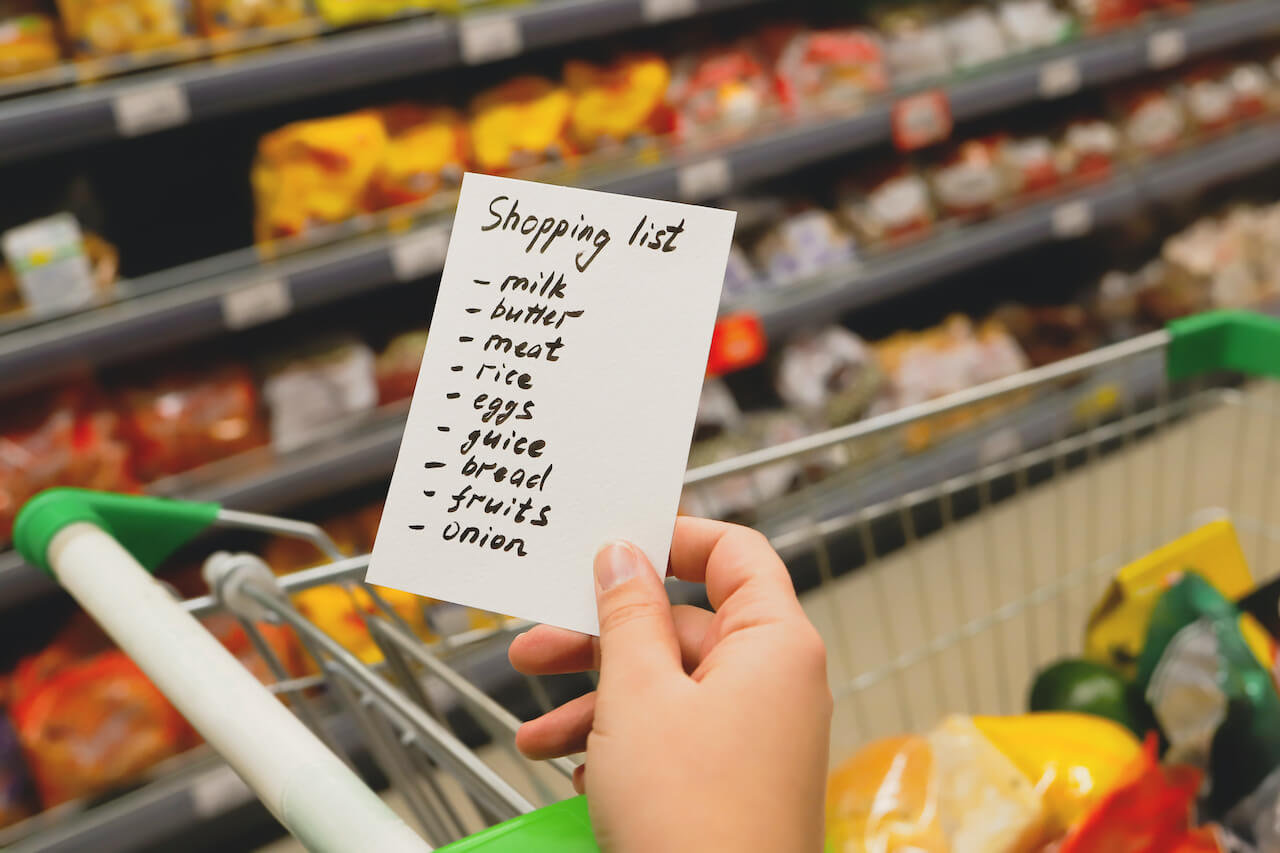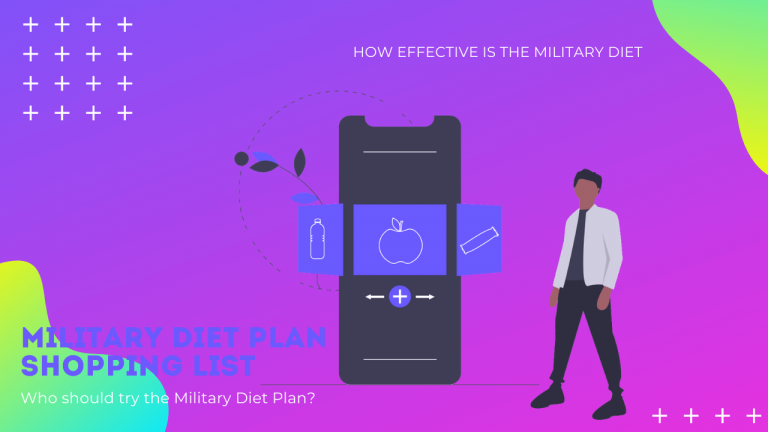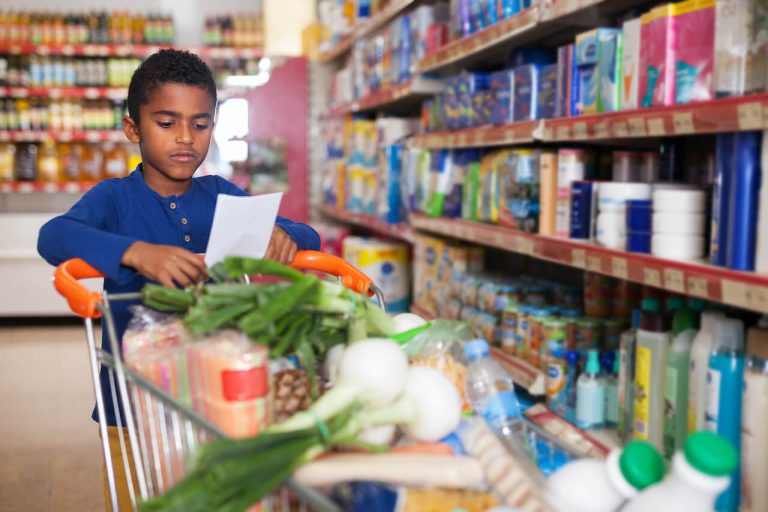How to Create a Grocery List for Two Weeks
Best Tips For Writing Your Two-Week Grocery List
Most people probably wouldn’t write a grocery list for two weeks or consider meal planning two weeks ahead. However, it is perhaps typical for you to do your grocery shopping and then find that you forgot to buy almond milk or paper towels a couple of days later, so you run to the local grocery store to pick some up.
You probably write a new week’s grocery list each time you head to the store and spend ages looking through your fridge and pantry to figure out what you need.
Grocery shopping doesn’t have to take up half of your life, so here we will provide you with some meal planning tips to help you save money and time and keep you out of that grocery shop to spend more time doing the things you love!
Planning Ahead
Throughout the pandemic, people’s grocery shopping habits have gone from one extreme to another (stocking up with a crazy amount of toilet paper to ordering take-out deliveries for every meal). Now that we’ve all become a bit more settled into the restrictive routine, we can start making fewer trips to the grocery stores and coming home with only the items we need!
With a little bit of meal planning and some money-saving tips, you can buy exactly what you need without a huge grocery bill that could last you weeks at a time!
Essentials From the Grocery Store
First off, you want to make a shopping list of all the necessary items you stock in your cupboards and keep this list handy. For example, you might always have toast and coffee in the morning, so your essentials include; bread, butter, jam, coffee, and milk.
Once you have created this list, please keep it on your fridge next time so you won’t have to keep rewriting it each time you visit the grocery store.
You also want to have a good supply of pantry ingredients – foods that keep well for over a few weeks, such as;
Tinned goods;
- such as canned tomatoes, kidney beans, chopped peaches
Preservatives;
- such as jam and peanut butter
Pasta;
- buy different types of pasta, such as spaghetti, lasagna sheets, macaroni
Sweet Treats;
- such as chocolate bars, cookies, crisps
Other pantry essentials;
- cereals and granola bars
- spices and herbs
- olive oil
Money-Saving Tips for Grocery Shopping
When shopping for two weeks, you might find that buying in bulk will save money, so consider freezing items. For example, you could buy four cartons of milk if you know you go through 2 in one week and put two of them in the freezer.
Similarly with bread, if you usually eat one loaf per week, buy two and freeze one. The same applies to your pantry staples; if you spot a deal, it can’t hurt to have an extra jar of peanut butter in the pantry to save you another trip to the grocery store.
While preparing dinner for the family, prepare twice as much as is needed for this one meal and freeze half of it. This will save you on meal planning and prep time, or if you aren’t feeling like spending ages in the kitchen, pop the freezer meals in the microwave or oven, and it’ll feed the whole family again!
Vegetables
Most fresh veg won’t keep beyond the first week, so foods such as cherry tomatoes, spinach, green peppers, and fresh herbs should be used in your week one meal plan and only buy a week’s worth at a time.
Veg such as potatoes, sweet potatoes, and carrots can last for an entire month, so stock up on these foods.
Frozen veg works in most meals, so feel free to buy plenty of frozen broccoli, green beans, and cauliflower. This will keep for a long time, so stocking up will save you adding this to your grocery list again for a little while.
Fruit
As with vegetables, fresh fruit is unlikely to keep until the second week, so consider buying some frozen fruit or freezing it yourself.
Be creative – if you have some bananas left that are beginning to turn, make banana bread. This will prevent wastage and will give the kids something to do!
Frozen fruit can also make smoothies, which is a quick and easy way to get those much-needed vitamins.
Meat
Most meats can be frozen with no issue, so it is a good idea to buy a whole chicken and utilize all parts. Cutting the chicken up into small pieces means you can use it in different dishes such as curries, salads, and lunch meat, and you can then even use the bones to make broth for soups.
Chicken can also be bought relatively cheaply, so it doesn’t need to take up a considerable proportion of your grocery budget.
Ground beef is also very versatile and can be used in bolognese, tacos, and burgers and can also be bought in bulk at a reasonable price and quickly frozen.
Dairy
Dairy products will not keep for weeks at a time, so they are likely to be recurring items on your grocery list.
You can freeze most dairy products, so you don’t need to return to the grocery shop every few days, but most taste better when they are fresh.
It is good to have a regular supply of foods such as sour cream, plain yogurt, and cheese, so think about the shelf life of these products when you plan meals so you don’t end up having to run to the store.
Weekly Meals
Depending on what meals you want to eat, you could work out how much you and your whole family use in a week and double this to buy for two weeks.
However, if you don’t want to repeat the same meals, you could create a two-week meal plan and design your grocery list from that.
The difficulty in buying fresh produce is that it may not last into the second week, so to get around this, you could purchase frozen produce to prevent it from expiring.
You could also make some meals in the first day or two after you buy groceries and freeze them, so they are ready for the following week or even later.
Grocery Shop for Two Weeks
It is good to make two-week meal plans, with a different weekly menu for each.
If you do want to buy fresh vegs, such as peppers, mushrooms, and other ingredients that might not keep, as a general rule, you want to incorporate these into your week one meal plan so you can eat up all your foods with a short shelf life without any wastage.
Then, when these are used up, you can make a meal plan using frozen veggies, foods with long lifespans, or those meals you froze earlier on.
Meal Planning for Two Weeks
Breakfast
Make simple breakfasts, such as porridge oats with fresh fruit, toast with jam, and fruit with yogurt.
Make sure you eat your perishable groceries first.
Lunch
Lunch can be simple sandwiches or salads, using chicken breasts as the main ingredient, and again, utilizing your fresh groceries at the beginning of the two weeks, examples below.
Once you have used your fresh food, you can resort to tinned or frozen groceries, such as lentils and chickpeas, frozen veg, or the foods that keep a little longer.
Simple lunch ideas using fresh produce:
- Caesar salad
- BBQ chicken sandwiches
- Chicken and mushroom soup
- Spinach and chickpea curry
- Stuffed peppers
Dinner
You might want to use a bit of elbow grease for your dinners and combine your fresh, frozen, and tinned foods for a more creative meal plan.
Use your ground beef or chicken breasts as a starting point (as mentioned, these will store well in the freezer) and create dishes around this, depending on what you feel like or what you still have left from the store.
Dinner ideas:
- Chili con carne
- Cheese and broccoli pasta bake
- Chicken curry
- Fajitas
- Roast chicken and veg
- Lasagna
- Cottage Pie
A Little Planning Goes a Long Way
Once you have created your two-week meal plan with dishes you like to make and eat, you can create your shopping list from there.
Remember to put perishable foods into your week one meal plan and use these up before turning to your tinned and frozen goods.
Freeze leftovers, or have them the following day, to save yourself cooking another meal.
With a bit of planning, you can start saving money and time spent at the store!






